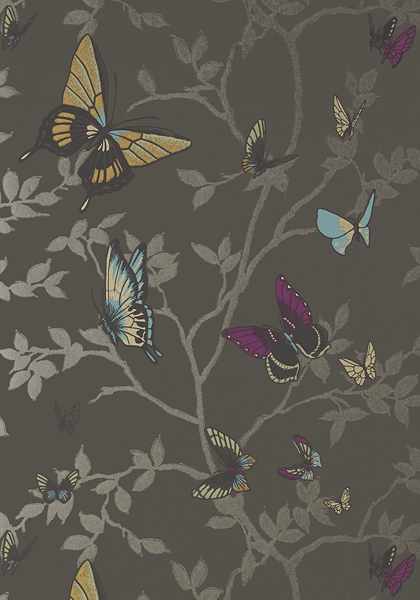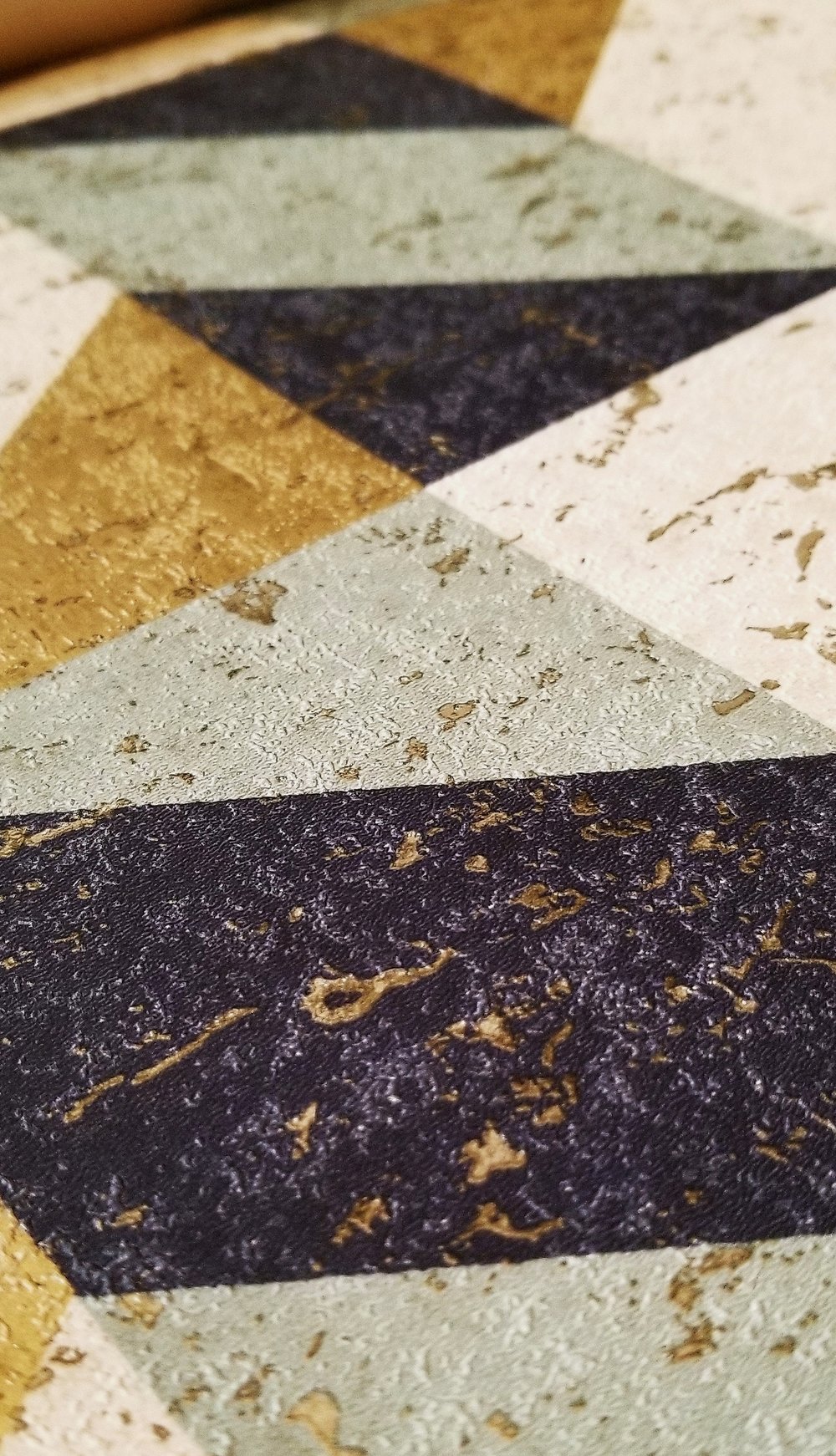
The Art of Inside
Beautiful Bugs
by Ann Henderson | Aug 21, 2019 | Blog
Look closely at that beautiful Scalamandre woven lampas silk and you will more than likely see butterflies, in fact, once noted you will see them on fabrics, wallcoverings and woven carpets Butterflies symbolize the soul, resurrection or rebirth. Referred to as flying gardens, their delicate movement transports wings of feathery brushstrokes in the hues of a garden in full bloom. Their coloration exciting and fresh, their silhouette elegant, butterflies have inspired exquisite colorways and the iconic canvas chair on frame.
If the rare opportunity of observing a still insect presents itself, consider not squishing or shooing it but rather pondering its shape, color and texture. Sketching it on paper and in your mind you will be indelibly inspired.










